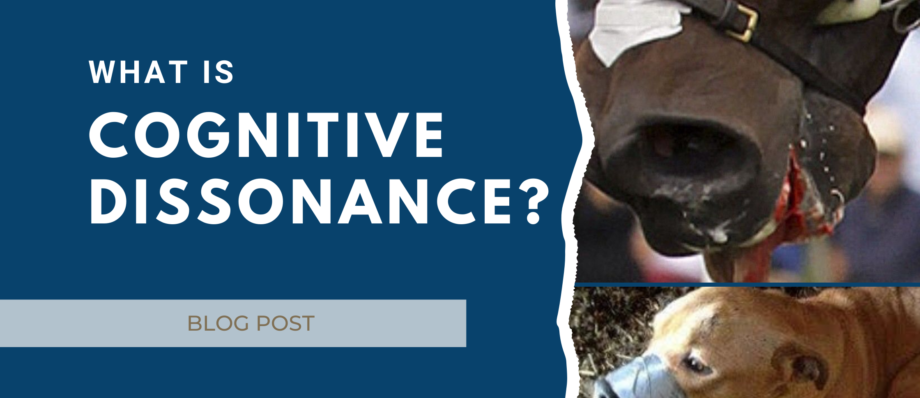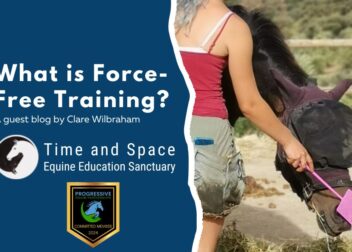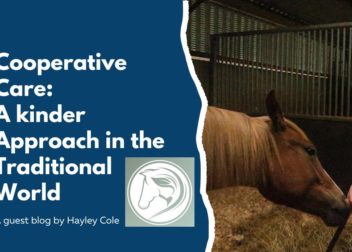Cognitive dissonance
Cognitive dissonance is a mental conflict that occurs when your beliefs don’t line up with your actions.
For example: The rider who wouldn’t strap closed a dogs mouth knows it causes pain and discomfort to the dog. They don’t wish to cause the dog harm because they feel its wrong and not in line with their values. However, those values are put to one side when the species of animal and goal are changed. The rider still feels strapping an animals mouth closed is wrong, but they don’t think about it when applying it to the horse. The rider is driven by the goal of controlling the horse to better his performance. As it is widely accepted and effective the rider continues to inflect discomfort on the horse without second thought.
Cognitive dissonance isn’t always a bad thing. It can prompt you to make positive changes when you realise your beliefs and actions are not aligned. However, it can become problematic if it leads you to justify or rationalise behaviours that could be harmful.
People tend to seek consistency in their attitudes and perceptions, so this conflict causes feelings of unease or discomfort. We have an inner drive to maintain our beliefs and behaviours, keeping them in line with one another. When we can’t do this dissonance occurs.
There are three ways we react to cognitive dissonance:
- Acquire new information to our weigh the dissonant beliefs. For example, seek opinions from others who think crank nosebands, flash’s etc are necessary.
- Reduce the importance of the belief by convincing yourself that ‘its not that bad’ or ‘its worth it’
- Change your behaviour/beliefs so the dissonance is reduced or eliminated. Most people find this a difficult solution. For example, removing the flash noseband altogether.
Progressive Equine Partnerships have developed a learning structure that helps equestrians to overcome cognitive dissonance using the 3 main elements of mindfulness.
Awareness – Exploring self-awareness, values and beliefs and being aware of what we ask of our equine partner.
Non-judgement – Not judging each other or our equine partner. Being open to and considerate to the equines past experiences and not labeling an equine as ‘naughty’ ‘stubborn’ ‘rude’ etc
Living in the present – Enjoying an equine in the moments spent together with no pressure or expectation on the partnership.
By opening the mind and exploring self as well as learning about the horse you can begin to a line your beliefs with your actions. A practice we call mindful horsemanship.
Be mindful
The equine world is dominated by tradition and desire to get the horse to perform or work for us, often (but not always) by using training methods that cause the horse pain or discomfort. From the way the horse is kept and trained, to our daily interactions with the horse we make decisions based on what we feel is an acceptable way of treating the horse. Or do we?
It is important to explore your own values, and to identify which are the most important to you. Everyone has a different value set and understanding yours can help you better your unique relationship with horses. Your authentic values profoundly affect your life at a subconscious level determining your everyday decisions. Consciously identifying your values will help you make better and faster decisions, have more productive a relationship, and provide a framework for building on your partnership with the horse.
Start your mindfulness journey. learn more about mindful horsemanship
Do you know how yore horses bit works? Learn how and why the bit works, how to assess your horses mouth and decide what bit might be suitable (if he even needs one at all!)
Our horse care course is designed to get you thinking about how to care for your horse in a way that's right for you and your equine partner.



